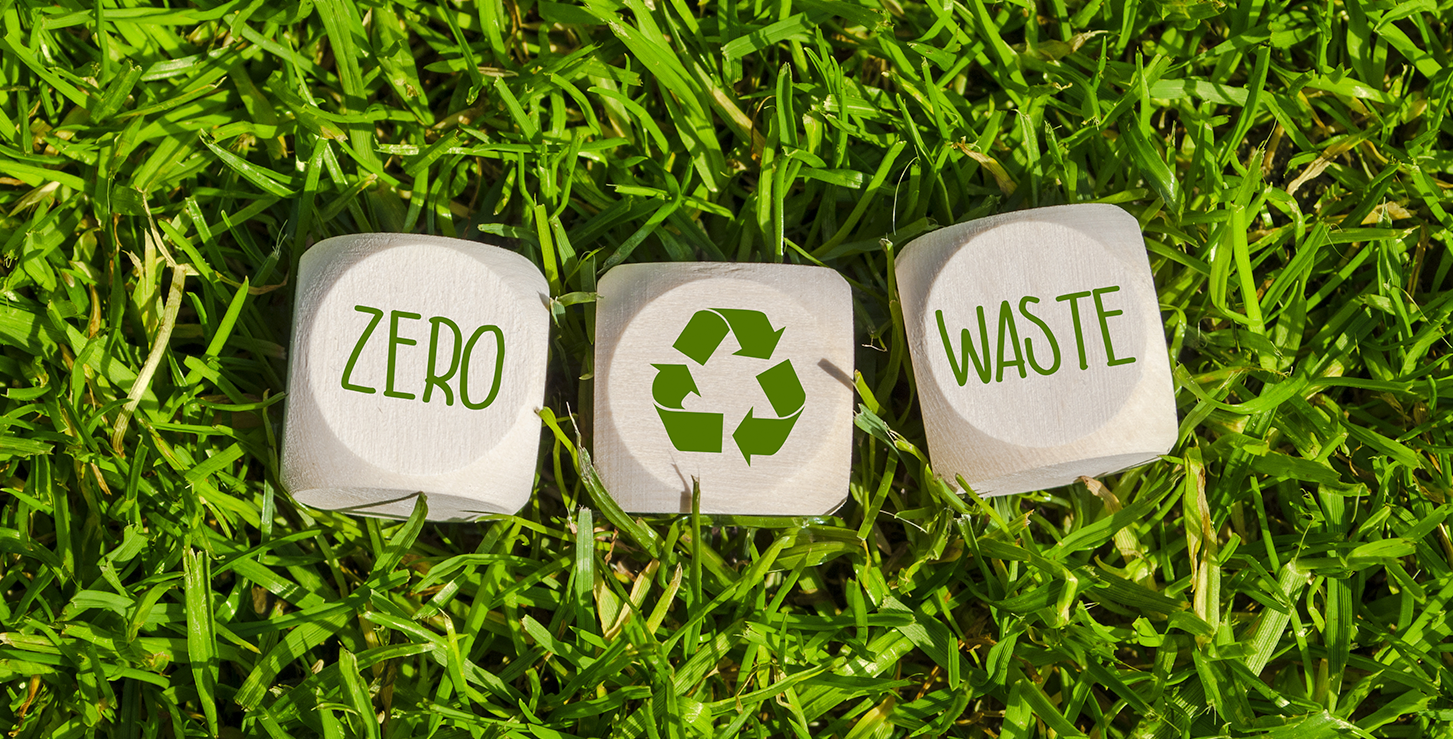Let’s start with the basics – what is a circular economy? The Ellen MacArthur Foundation summarizes this concisely: “A circular economy is restorative and regenerative by design” and based on three principles:
- Design out waste and pollution
- Keep products and materials in use
- Regenerate natural systems
Not surprisingly, the supply chain plays a large role in contributing to the success of a circular economy – from sustainable sourcing, yield-optimized manufacturing, reverse-logistics-enabled distribution to finally recycling or refurbishing outdated or damaged goods.
A supply chain geared to contribute on economic, environmental and social level should be built on a foundation of trust between all stakeholders, including the end consumer. In our view, this level of trust is achieved by implementing the following three principles into a supply chain:
- Responsibility
- Collaboration
- Transparency
Responsibility is the key component each organization can bring to the table – a responsibility to ensure that all buy-in to the concept and that internal processes reflect the sustainable mindset. In addition, a willingness to ensure that outside of its own walls, the organization takes additional steps to reduce waste in their value chain. A good example is Rolls-Royce, as pointed out by Christian Lang, which have built an entire service around their jet engine business with British Airways. In this case, Rolls-Royce lease the engines instead of selling them. By doing so, Rolls-Royce has consciously taken up the responsibility of the value chain of its jet engines, including the recycling or refurbishing of old units.
Collaboration is the glue which holds the concept of a supply chain for a circular economy together. In other words, it’s about sharing – sharing information, sharing costs and sharing benefits – with all involved stakeholders in a fair manner. We stress fair, as this means setting up incentives for stakeholders to make the “right” choices. For example, refurbishing washing machine components end-of-life has a much lower yield than one or two years before. Hence it makes sense to incentivize customers to replace their old washing machine earlier, for example with a reduction on the price of a new machine.
Finally, without transparency of what is happening at each step of the supply chain, both in the physical and digital world, companies will struggle to manage and control their processes ultimately leading to the risk of failing in their responsibility both to internal as well as external stakeholders. In addition, collaboration between stakeholders will be limited and inefficient, due to missing insights which are generated from data points along the chain.
How does your organization view the trend towards a circular economy?
Learn more on our thoughts of a sustainable supply chain and our approach on how to apply technology in a smart way to achieve this: contact us today.
